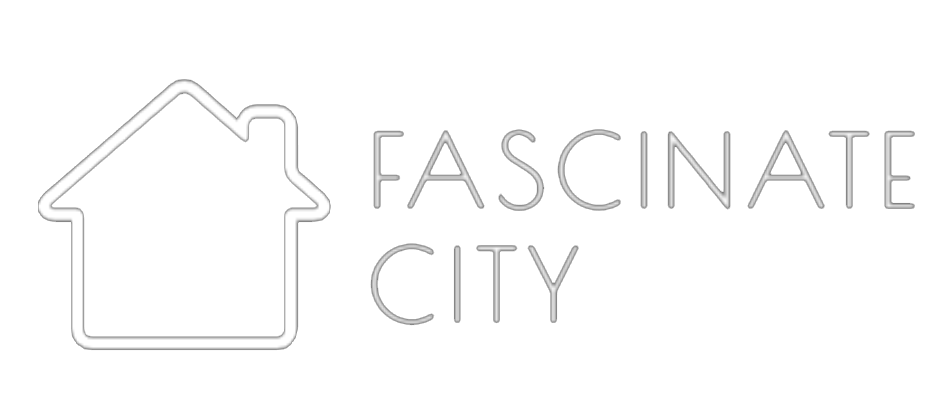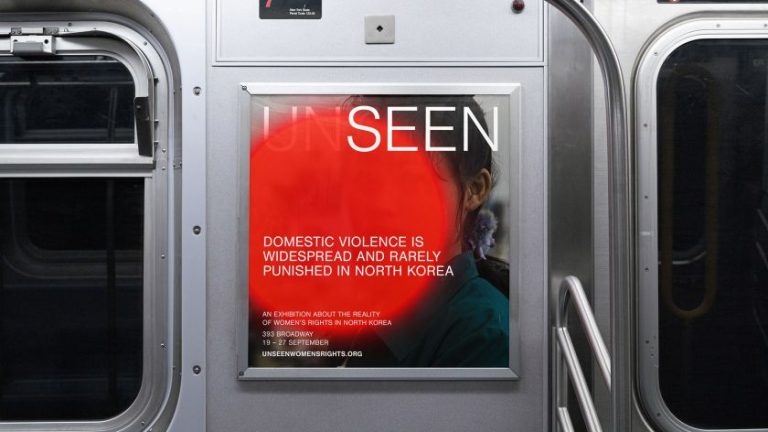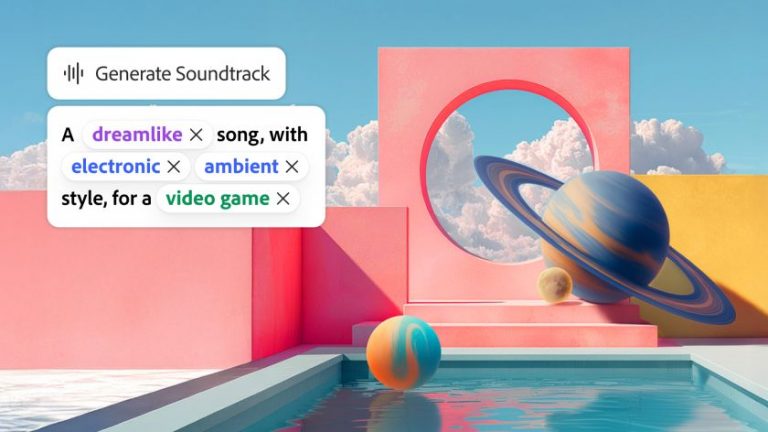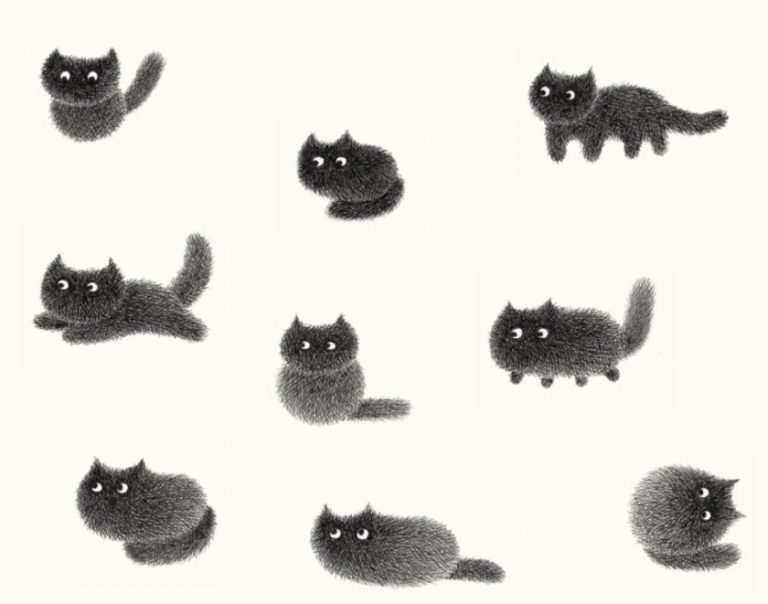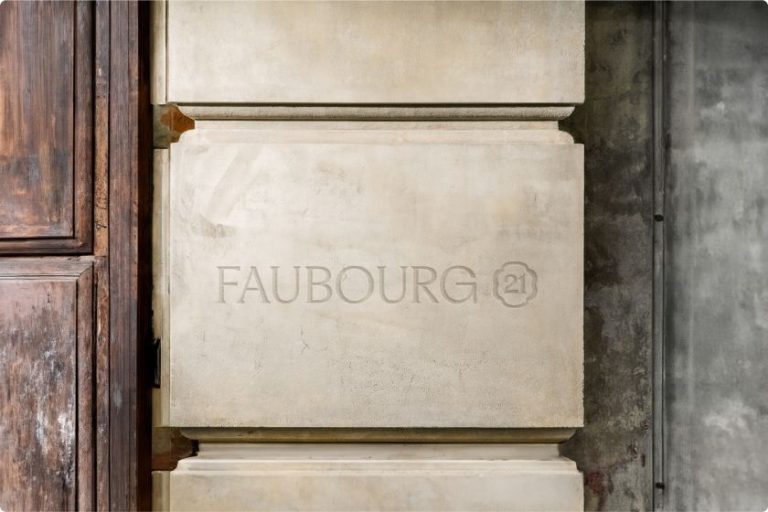The team behind The Public Domain Review unveils a new visual resource, offering a curated selection of 10,000+ historical images, all free to use and explore.
The Public Domain Review (PDR) has long been celebrated for unearthing hidden gems from history, offering an eclectic mix of fascinating stories and stunning visuals. Now, the team behind PDR has unveiled an ambitious new sister project: The Public Domain Image Archive (PDIA).
Officially launched earlier this year, PDIA will undoubtedly be an invaluable resource for designers, artists, and researchers. Its meticulously curated collection of over 10,000 out-of-copyright historical images is freely available for exploration and reuse, including for commercial purposes.
If you’re seeking inspiration from centuries of visual culture and a browsing experience that is both intuitive and immersive, this might just be the platform for you.
A Curated “Best Of” Selection
The concept for PDIA first came to PDR editor-in-chief and co-founder Adam Green around a year ago in a “bit of a flashbulb moment”. Reflecting on the countless hours he had spent trawling through online collections for The Public Domain Review, he thought: “Wouldn’t it be great if we created one of our own?”
While many digital repositories already offer vast archives of out-of-copyright images, PDIA sets itself apart with its highly curated approach. “Ours feels different in that it’s our own ‘best of’ selection – like a small exhibition gallery at the entrance to an immense network of archives and storage rooms that lie beyond,” Green explains. “While many (myself included!) might enjoy sifting through archives for hours to find the one gem, with the PDIA, it’s a slightly different offering – we’ve already done part of that process for you.”
Though “small” compared to massive repositories, PDIA is still an absolute wonderland with over 10,000 images, spanning everything from medieval manuscripts and early colour photography to 16th-century illustrations of celestial phenomena and Victorian gym equipment. The unifying thread? Each image taps into “the surprising, the strange, and the beautiful in the history of art, literature, and ideas,” according to Green.
Discovery and Inspiration
The team behind PDIA developed multiple ways to explore the collection, each tailored to different modes of discovery. Catalogue View lets users search and browse by theme, style, date, and more, while Infinite View offers a visually immersive, 360° scrollable experience.
Finally, Shuffle View allows users to summon random images at the touch of a button.
Green envisions that PDIA will serve a diverse range of users, particularly designers, artists, researchers, and picture editors. He says: “It’s for anyone seeking inspiration from the vast history of image-making.” Whether you’re an artist looking for inspiration, a writer in search of a story idea, or a designer seeking historical elements to incorporate into your work, PDIA has got you covered.
For those with a specific image in mind, the archive’s intuitive navigation system makes pinpointing the right content easier. “People can use the search tool, or browse our categories by artist, century, style, theme, or tag,” Green notes. The team has put considerable effort into developing useful metadata to enhance the searchability of images, making the archive both deep and accessible.
Copyright made easy
One of the key aspects of PDIA is its clear guidance on copyright and reuse. “Creative works that are not protected by copyright are said to be in the ‘public domain’ – a vast commons of material that everyone is free to enjoy, share, and build upon without needing to gain permission or pay fees,” Green explains.
While many of the images in PDIA are considered out-of-copyright worldwide, there are exceptions, such as jurisdiction-specific restrictions or attribution requirements. To aid users, the archive provides detailed rights statements for each image, clarifying the legal status of both the original work and its digital reproduction.
The cost of ambition (but it’s worth it)
Like many ambitious projects, PDIA’s development was not without its hurdles. “The main thing was the project going vastly over budget,” Green admits. “I’m a bit of a perfectionist, and we (or rather our brilliant developer Brian) ended up building the site totally from the ground up, from scratch.”
Another challenge moving forward will be securing sustainable funding. The team is committed to keeping PDIA free and accessible to all, relying on donations to support the archive. “It’s really important for us that the resource is free for people to access and available to all, so we are really relying on people donating if they find the site useful,” Green shares. “Hopefully, it will work!”
A Gateway to Centuries of Visual Culture
With PDIA, The Public Domain Review has expanded its mission beyond textual storytelling into a more visually driven realm. This new archive represents a “best of” selection from a vast network of historical collections, offering a streamlined yet rewarding way to explore the past.
Whether you’re looking for an image to incorporate into your next project, hunting for visual references, or simply a curious browser, PDIA is an exciting new resource that makes the boundless creativity of the past accessible to all.
